Wolves have long captured our imagination, blending beauty with a sense of untamed danger. Known for their intricate social bonds and incredible hunting skills, these iconic predators are as awe-inspiring as they are formidable. Here are 15 fascinating facts about wolves that showcase their mysterious nature and undeniable power.
1. The Call of the Wild: Their Howls Are Both Haunting and Functional
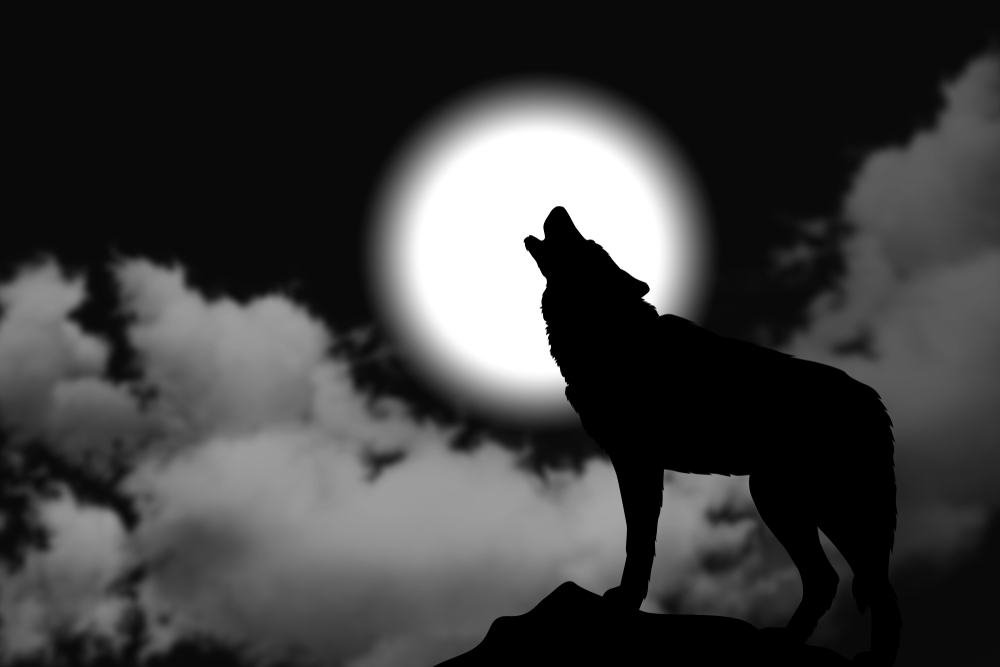
Let’s start with that bone-chilling howl. It’s not just a spooky soundtrack for horror films, it’s a vital communication tool for wolves. When a wolf howls, it’s not just calling for backup—it’s relaying messages about territory, locating pack members, or even coordinating a hunt. The eerie sound can travel up to 10 miles in open terrain, which is further than most of us would like to imagine when we hear it on a dark night. If you’ve ever wondered what they’re saying, think of it as a wolf version of “Hey, I’m over here!” or “This is my turf.” According to National Geographic, wolves use their haunting howls to communicate across vast distances, signal territory boundaries, locate pack members, or coordinate hunts.
But here’s the kicker: while the howling might seem terrifying, it’s actually a sign of how well-organized and socially complex wolf packs are. Each member of the pack has their own voice that other wolves can recognize, allowing them to communicate effectively without visual contact. They can even adjust their pitch and frequency to create the illusion of a larger pack, deterring potential threats. So, next time you hear that spine-tingling howl, remember, that it’s not just a ghost story—it’s part of a sophisticated communication system.
2. The Social Network: Wolves Have a Complex Pack Hierarchy
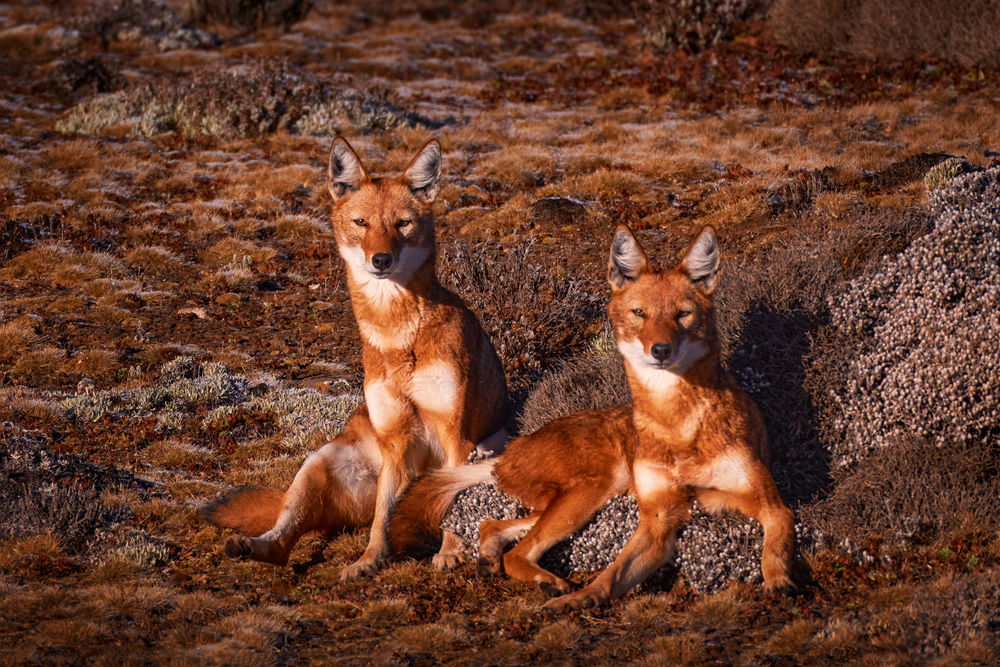
Forget Facebook and Twitter, wolves were networking long before social media was a thing. They live in packs that have a strict social hierarchy, with an alpha pair leading the group. This alpha pair is usually the only couple that breeds, and they often mate for life. Beneath them, there’s a beta wolf that acts as a second-in-command, and then the rest of the pack falls into place according to their own pecking order. It’s like a well-organized corporation but with more howling and hunting. As noted by National Geographic, wolves live and hunt in packs of around six to ten animals, cooperating on their preferred prey and roaming large distances together.
This hierarchy isn’t just for show; it’s crucial for the survival and success of the pack. Each wolf has a role to play, from hunting and guarding territory to taking care of the young ones. These roles may shift depending on the needs of the pack and the individual strengths of each wolf. The pack’s strength lies in its unity, and each member is vital to its overall success. So, while the alpha pair might get all the glory, it’s truly a team effort.
3. Born to Be Wild: Wolf Pups Are Adorable and Resilient
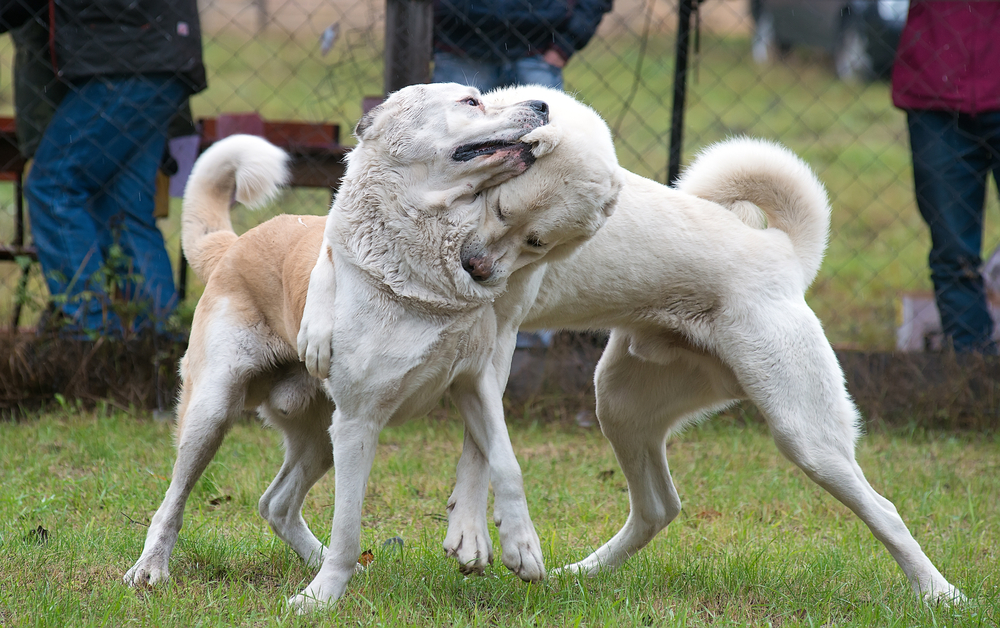
Wolf pups are born helpless, but don’t let their cuteness fool you—these little furballs are tough as nails. Born blind and deaf, they rely on their mother and the pack for protection and nourishment during their early weeks. As they grow, they start exploring their surroundings and learning the ropes of pack life through play. It’s a mix of adorable antics and crucial survival lessons, with older wolves acting as mentors to the youngsters.
By the time they’re eight weeks old, wolf pups have already learned essential skills like hunting and social cues. They’re also fiercely protected by the entire pack, which views them as the future of their lineage. The pack’s dedication to raising strong and capable pups showcases the incredible teamwork and investment each member has in the collective success of the group. So, the next time you see a picture of a wolf pup, remember that beneath that cute exterior is a future predator in training.
4. Masters of the Hunt: Wolves Are Strategic Predators
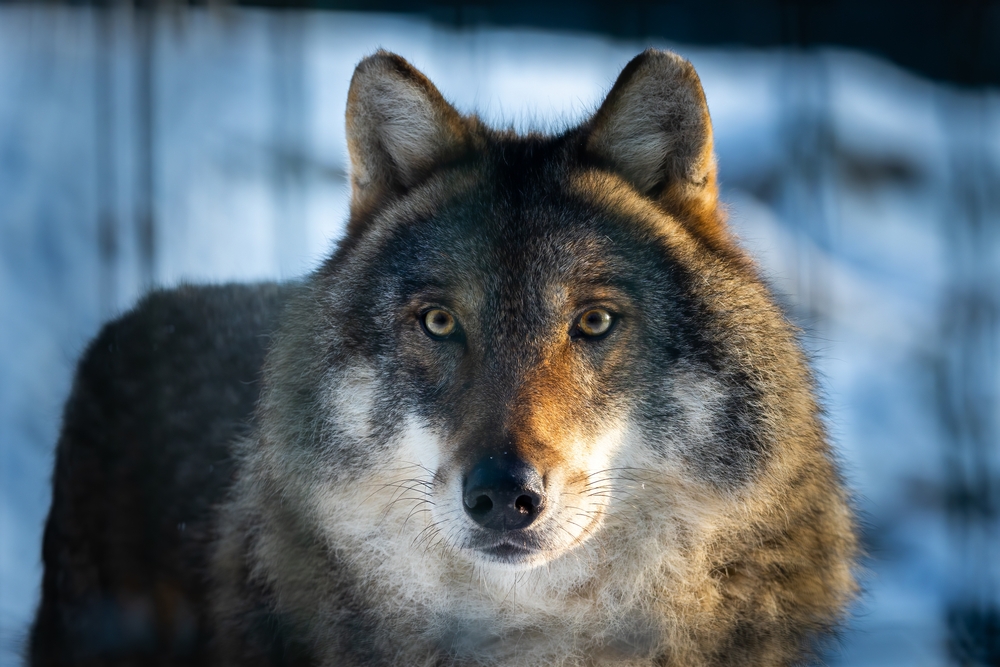
Wolves aren’t just opportunistic feeders; they are calculated hunters that use strategy and teamwork to bring down prey. Unlike solitary hunters, wolves rely on their pack to execute complex hunting strategies, often targeting weak or sick individuals to conserve energy. This also helps maintain the balance of the ecosystem by culling the herd of its least viable members. Watching a wolf pack in action is like witnessing a perfectly choreographed dance, each member knowing their role.
These hunts can cover vast distances, with wolves traveling up to 30 miles in a single day in search of food. Their endurance and pack coordination make them one of the most effective predators in the wild. And while it’s easy to label them as ruthless, their hunting methods are a testament to their intelligence and social cohesion. When they take down an elk or deer, it’s not just a meal; it’s a demonstration of nature’s balance and the role wolves play in it.
5. Territorial Titans: Wolves Have Massive Home Ranges
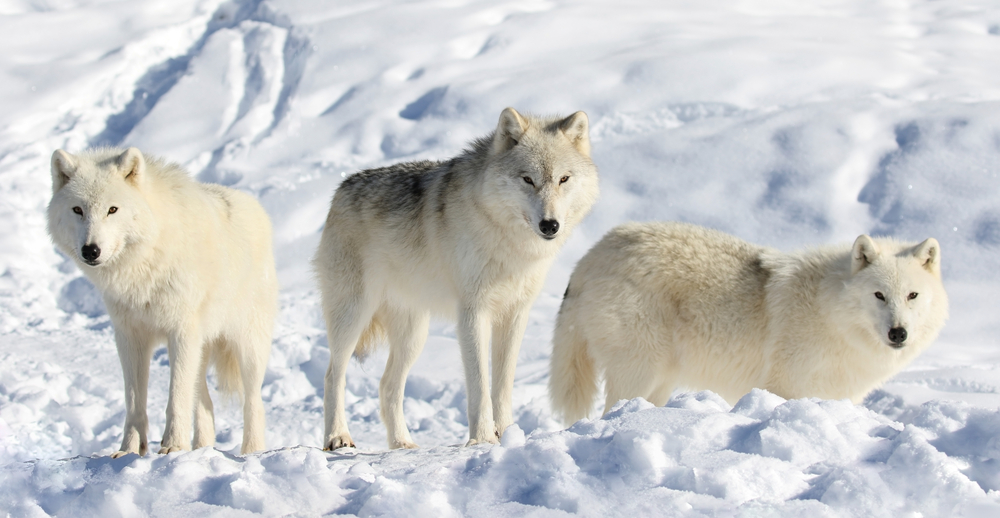
Forget about having a cozy little den in the woods; wolves claim some seriously expansive territories. Depending on the availability of prey, a wolf pack’s territory can range from 50 to 1,000 square miles. That’s more space than most of us could ever dream of having, and they defend it fiercely against other packs. Within this territory, they have multiple rendezvous points and resting spots, ensuring they’re always on the move and their prey doesn’t catch on to their patterns.
Maintaining such a vast territory requires constant patrols and scent marking, a task shared by all pack members. They’ll often urinate or defecate around the perimeter to mark their boundaries, a behavior that might sound a bit crude but is crucial for keeping other wolves at bay. This territorial behavior is essential for the pack’s survival, as it ensures a steady supply of food and resources. So, while it might seem like a never-ending task, it’s one that keeps the pack thriving.
6. A Palette of Fur: Wolves Come in Various Colors
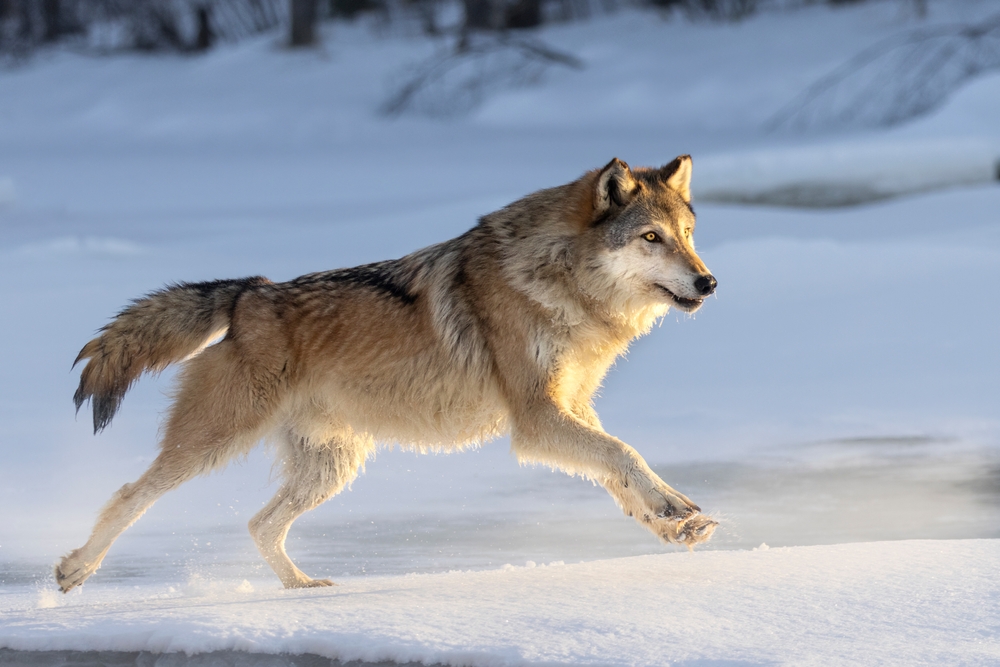
When you think of a wolf, you might picture that quintessential gray coat, but wolves come in a stunning variety of colors. From all-black to pure white and every shade in between, their fur color can vary depending on their habitat, climate, and even lineage. Gray wolves, in particular, showcase this diversity with coats that can shift in color as the seasons change. This adaptability helps them blend into their environment, making them stealthier hunters.
Their fur is not only beautiful but also incredibly functional, providing insulation against harsh climates. With a dense undercoat and outer layer of guard hairs, wolves are well-prepared for the coldest of winters. Their fur even helps them stay dry, as the outer layer repels water and snow. So, whether they’re roaming the snowy tundra or skulking through dense forests, wolves are rocking some of the most stylish and practical coats in the animal kingdom.
7. The Long Game: Wolves Have Impressive Endurance
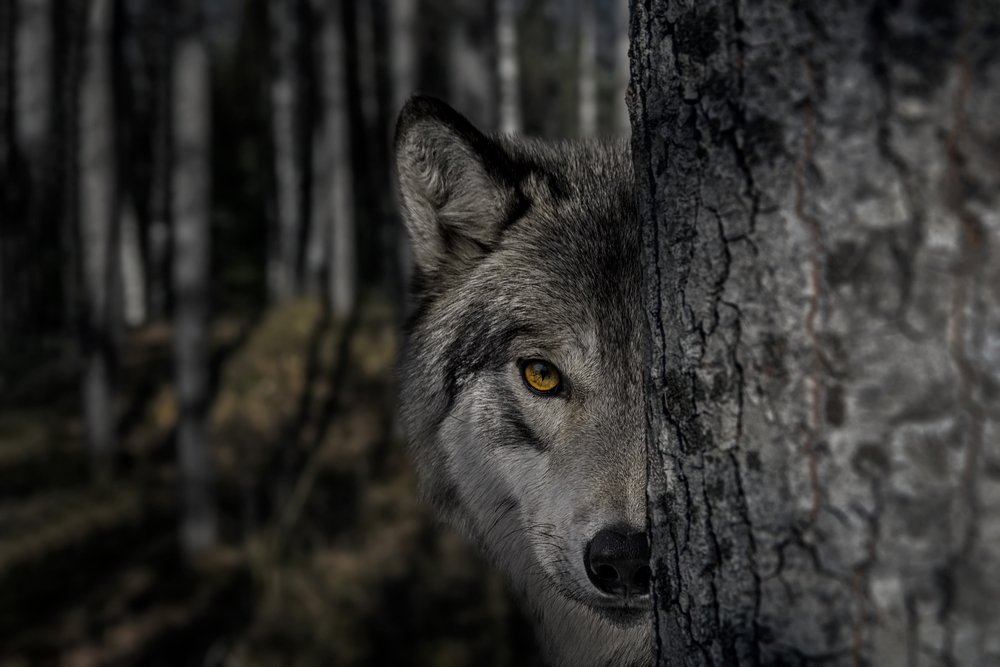
If wolves had a superpower, it would definitely be their endurance. While they may not be the fastest sprinters, their ability to maintain a steady pace over long distances is unmatched. Wolves can trot along at 5 miles per hour for hours on end, covering up to 30 miles in a single day when on the hunt. This stamina allows them to outlast their prey, wearing them down over time until the perfect moment to strike.
It’s not just about physical endurance; wolves also have mental resilience. They can go without food for days but are capable of consuming up to 20 pounds of meat in a single feeding when a hunt is successful. This feast-or-famine lifestyle demands a level of adaptability and perseverance that few other animals possess. So, while they might not win a sprinting race, wolves are marathoners of the wild, excelling in endurance and tenacity.
8. Communication Champs: Wolves Rely on Body Language
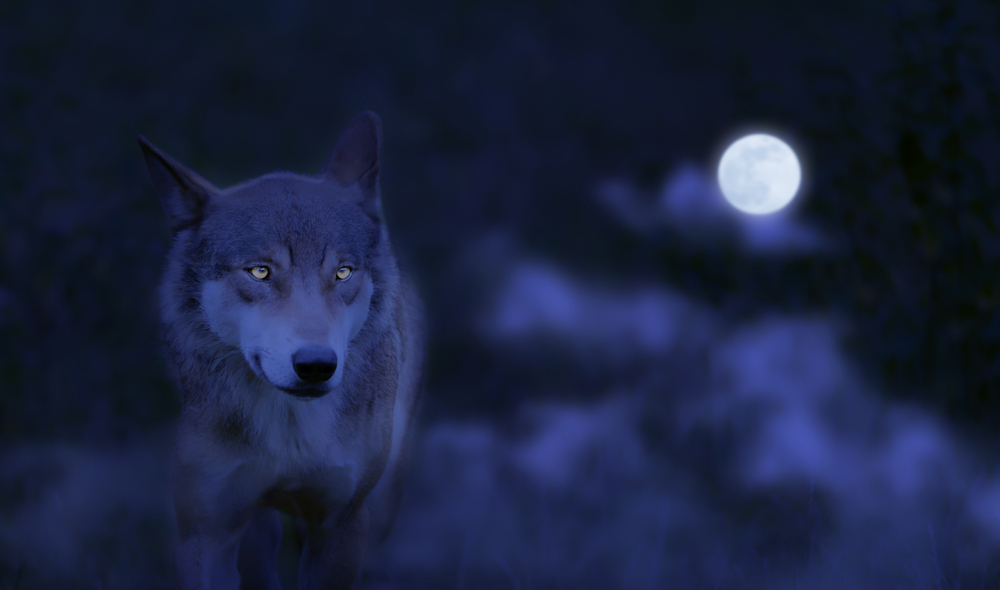
Wolves are basically the masters of non-verbal communication. While their howls get most of the attention, wolves use body language to convey a wide range of emotions and intentions. Everything from the position of their ears to the way they wag their tails sends a message to their pack mates. A raised tail signals dominance, while a tucked tail shows submission. Their facial expressions and posture can indicate everything from aggression to affection.
These subtle cues help maintain harmony within the pack, ensuring each member knows their place and role. By reading these signals, wolves can avoid unnecessary conflicts and strengthen their social bonds. It’s a complex dance of gestures and movements that keeps the pack functioning as a cohesive unit. So, if you ever find yourself face-to-face with a wolf (hopefully from a safe distance), remember that their body language speaks volumes.
9. A Wolf’s Best Friend: Their Unique Relationship With Ravens
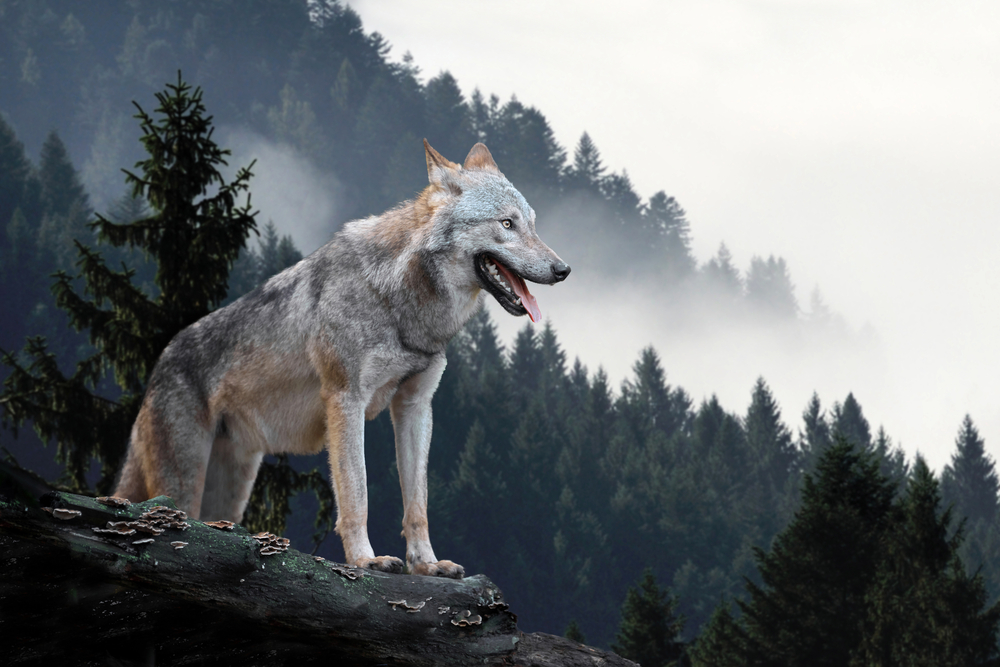
Believe it or not, wolves have a pretty interesting friendship with ravens. These clever birds often follow wolf packs, scavenging leftovers from their kills. But it’s not just a one-way street; ravens have been known to alert wolves to the presence of prey or even lead them to carcasses. It’s a mutually beneficial relationship that highlights the intelligence and adaptability of both species.
Wolves seem to tolerate these winged companions, and some researchers suggest they might even enjoy the company. Ravens are known to playfully tease and dive-bomb wolves, who in turn might join in the fun. This cross-species interaction showcases the complexity of ecosystems and how different animals can work together to survive. So, the next time you spot a raven in the wild, it might just be keeping an eye out for its lupine friends.
10. The Great Debate: Wolves Are Both Loved and Feared
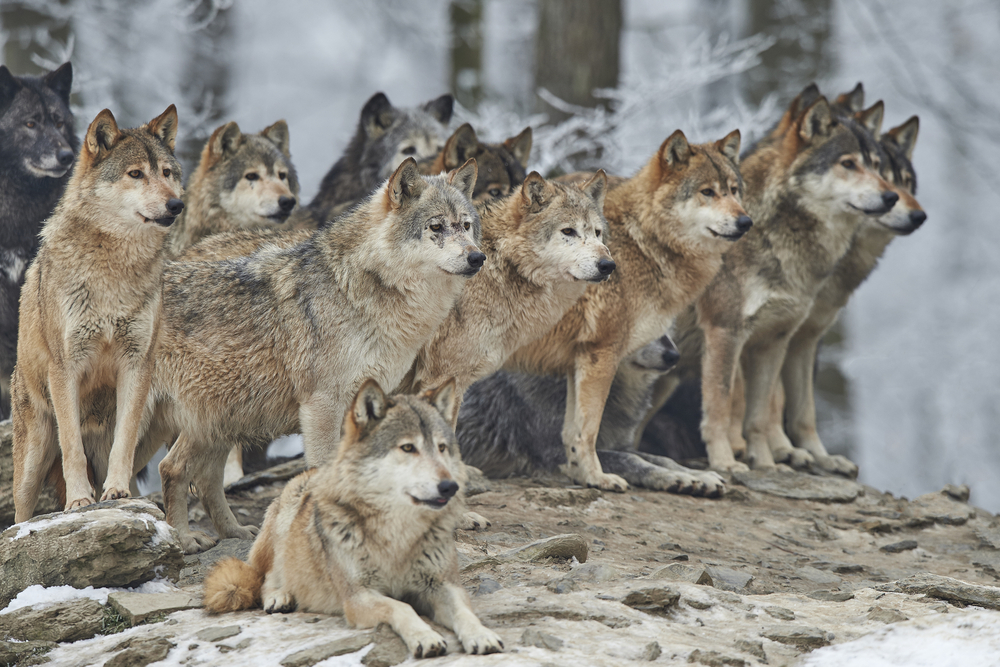
Wolves have always been a source of fascination and fear, often capturing the human imagination in folklore and myth. From Little Red Riding Hood to werewolf legends, wolves have been portrayed as both cunning villains and noble creatures. This duality extends to the real world, where they’re admired for their beauty and vilified for their predatory habits. The debate over wolf conservation is as heated as ever, with strong opinions on both sides.
While some people see wolves as a threat to livestock and livelihoods, others view them as essential components of a balanced ecosystem. Their reintroduction into places like Yellowstone National Park has shown the positive impact they can have on the environment, controlling deer populations and even affecting the course of rivers. It’s a complex relationship that requires understanding and balance, reminding us that these magnificent creatures are more than just fairy tale foes.
